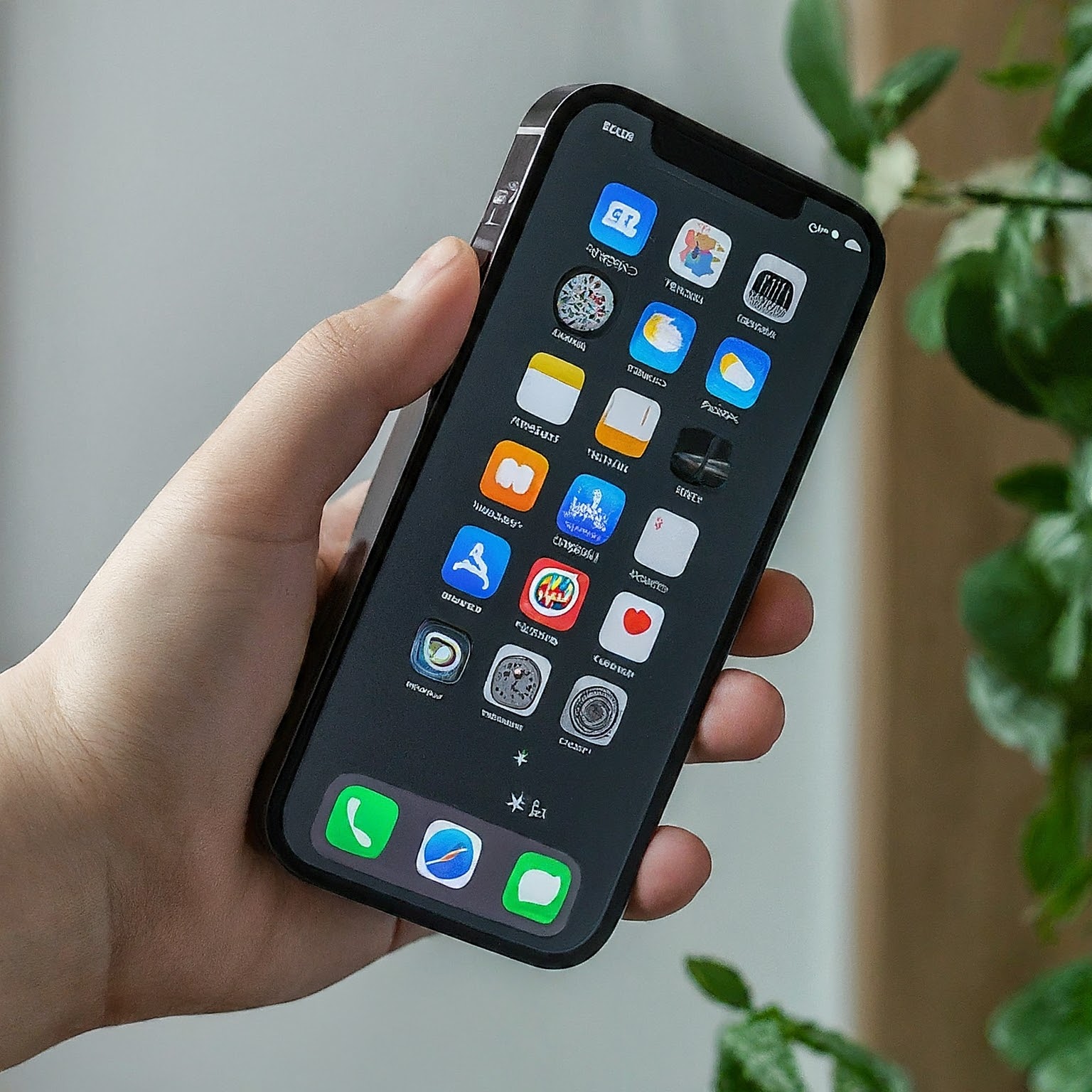The iPhone 13, with its impressive processing power and sleek design, has become a staple for many. However, like any device, it’s essential to understand its core functions, including app management. In this comprehensive guide, we’ll dive deep into the intricacies of how to close apps on iPhone 13. We’ll explore various methods, troubleshooting tips, and best practices to keep your device running smoothly and efficiently.

Understanding the App Switcher
Before we delve into the specific steps, let’s get familiar with the App Switcher, the central hub for managing open apps on your iPhone 13.
The App Switcher provides a visual overview of all the apps currently running in the background. It allows you to quickly switch between apps, close them individually, or even close multiple apps at once. Accessing the App Switcher is the first step in closing apps on your iPhone 13.
Method 1: Closing Apps from the App Switcher
This is the most common and straightforward method to close apps on your iPhone 13.
- Access the App Switcher:
- iPhone models with Face ID: Swipe up from the bottom of the screen and pause slightly in the middle.
- iPhone models with a Home button: Double-click the Home button.
- Navigate the App Switcher: You’ll see a carousel of app previews. Swipe left or right to browse through the open apps.
- Close an App:
- Swipe up on the app preview you want to close. The app will disappear from the App Switcher, indicating it has been closed.
Method 2: Closing Multiple Apps at Once
If you want to clear out multiple apps quickly, this method is for you.
- Access the App Switcher (follow the steps in Method 1).
- Use Multiple Fingers: Place multiple fingers on different app previews in the App Switcher.
- Swipe Up Simultaneously: Swipe all the selected app previews upwards at the same time. This will close all the chosen apps simultaneously.
Method 3: Closing Apps from the Home Screen
While less common, you can also close apps directly from the Home Screen. This method is particularly useful if an app is misbehaving or unresponsive.
- Locate the App: Find the app you want to close on your Home Screen.
- Access the App Switcher:
- iPhone models with Face ID: Swipe up from the bottom of the screen and pause slightly in the middle.
- iPhone models with a Home button: Double-click the Home button.
- Find the App in the App Switcher: The app you want to close should be among the first few previews in the App Switcher.
- Close the App: Swipe up on the app preview to close it.
Troubleshooting: When Apps Won’t Close
Occasionally, you might encounter situations where an app refuses to close or gets stuck. Here are a few troubleshooting tips:
- Force Close the App: If an app is unresponsive, you can force close it.
- Access the App Switcher.
- Find the unresponsive app.
- Swipe up on the app preview with a bit more force.
- Restart Your iPhone 13: If force closing doesn’t work, try restarting your device. This can often resolve minor software glitches that might be preventing an app from closing.
- Update the App: Outdated apps can sometimes experience issues. Check the App Store for any available updates for the problematic app.
- Reinstall the App: If the issue persists, consider deleting the app and reinstalling it from the App Store.
Best Practices for App Management
While closing apps might seem like a good way to improve performance or save battery life, it’s not always necessary. Here are some best practices to keep in mind:
- Let iOS Manage Apps: iOS is designed to efficiently manage app resources in the background. Closing apps unnecessarily can actually lead to increased battery usage, as the system needs to relaunch them when you need them again.
- Close Apps Only When Necessary: Focus on closing apps that are misbehaving, consuming excessive resources, or those you won’t be using for a while.
- Use Low Power Mode: When battery life is a concern, enable Low Power Mode. This will automatically limit background activity and help conserve battery.
Additional Tips
- Background App Refresh: You can control which apps are allowed to refresh their content in the background. Go to Settings > General > Background App Refresh to manage these settings.
- Offload Unused Apps: If you have apps you rarely use, consider offloading them. This will free up storage space while keeping the app’s data intact. You can easily reinstall the app when you need it again.
Conclusion
Mastering the art of closing apps on your iPhone 13 is crucial for maintaining optimal performance and ensuring a seamless user experience. By understanding the various methods, troubleshooting tips, and best practices outlined in this guide, you’ll be well-equipped to manage your apps effectively and keep your device running smoothly.
لا تعليق